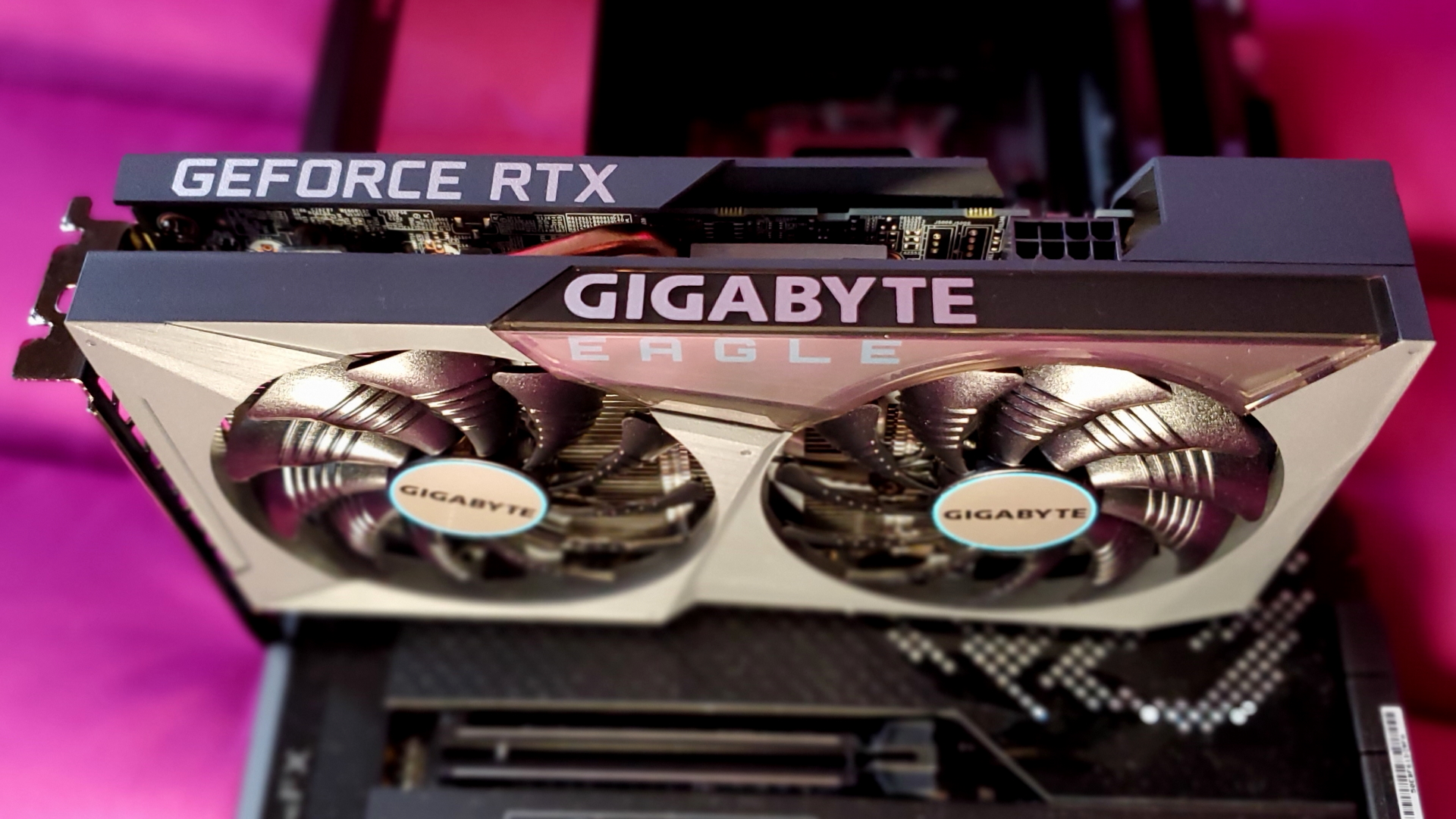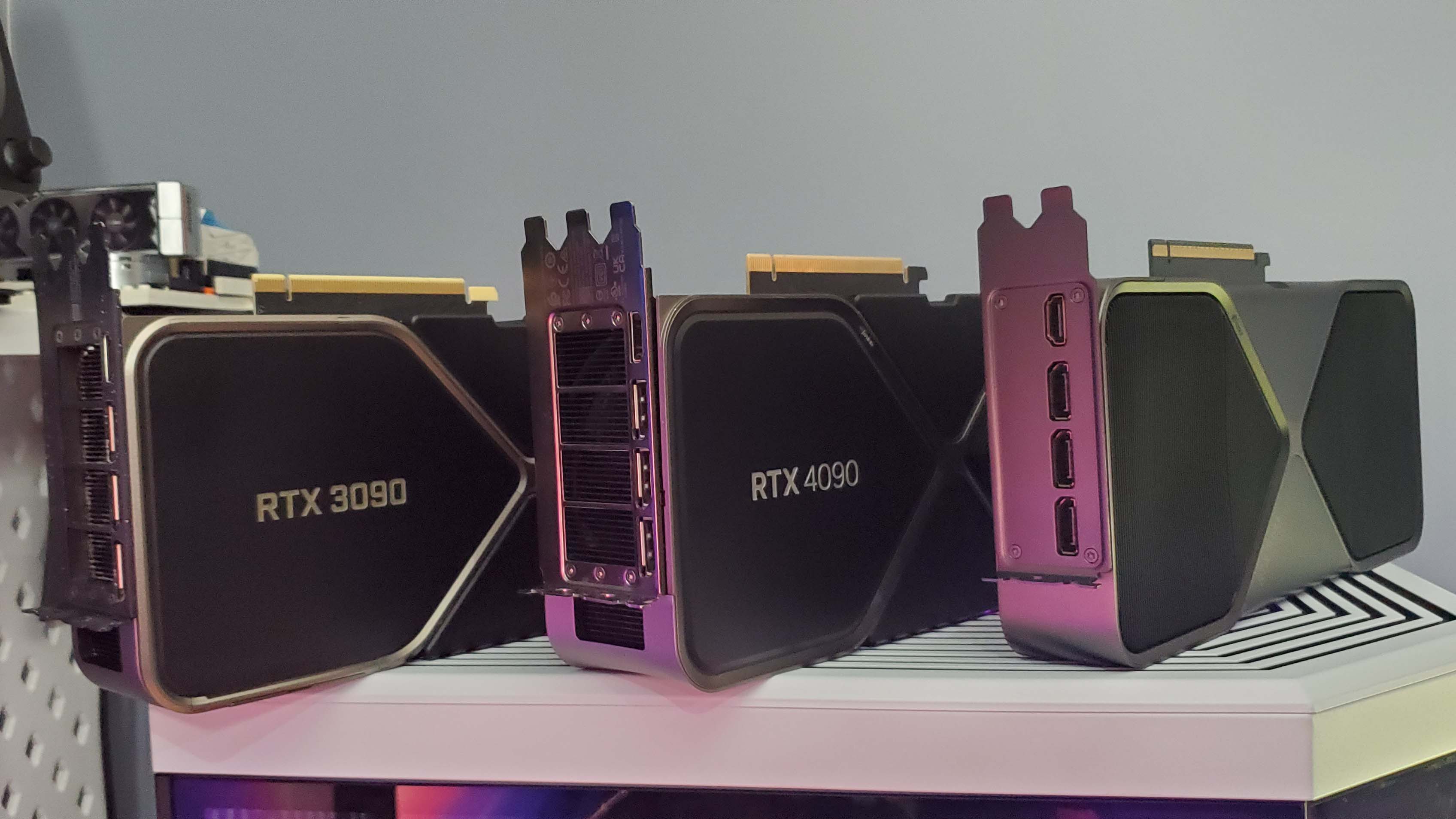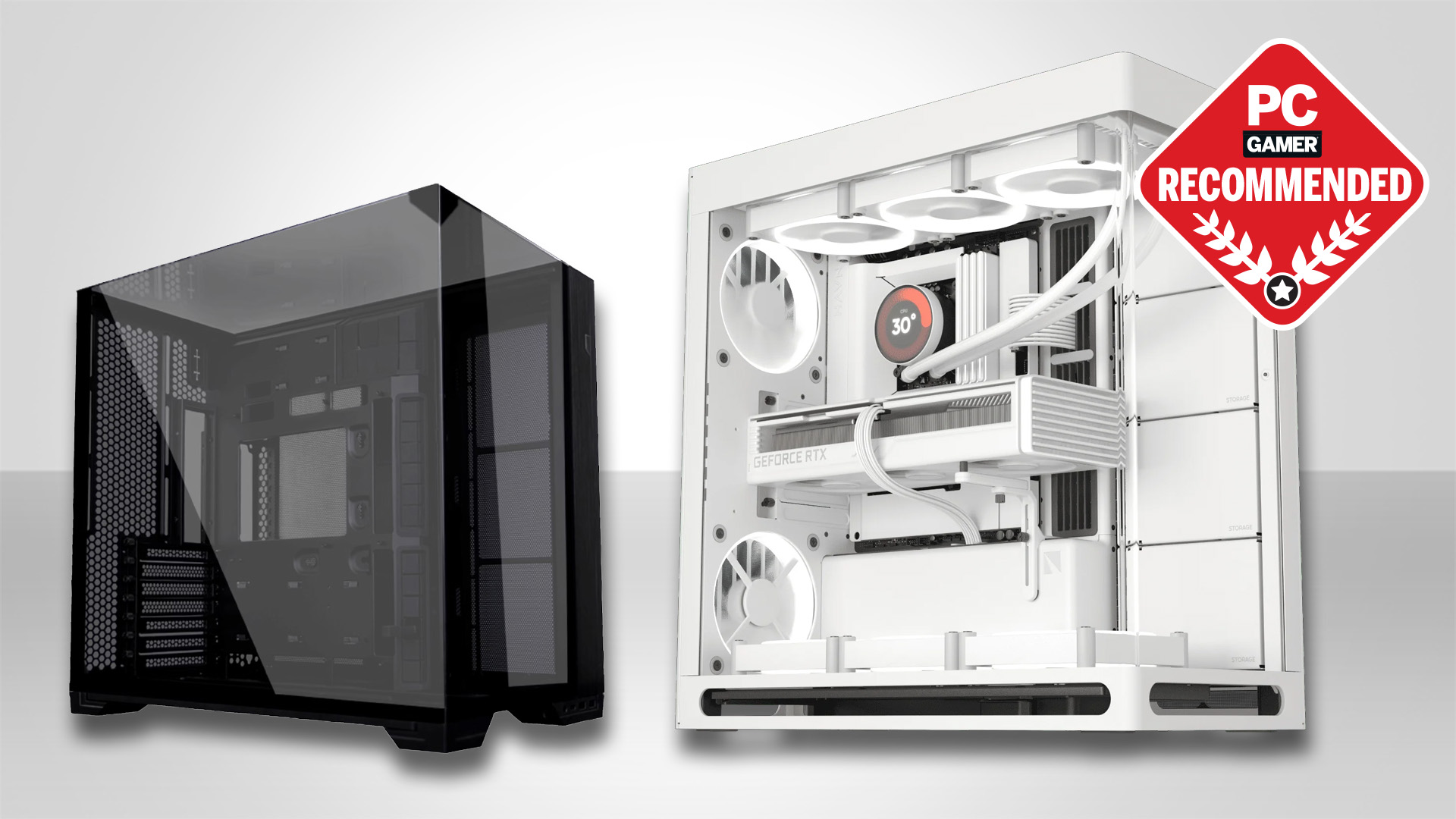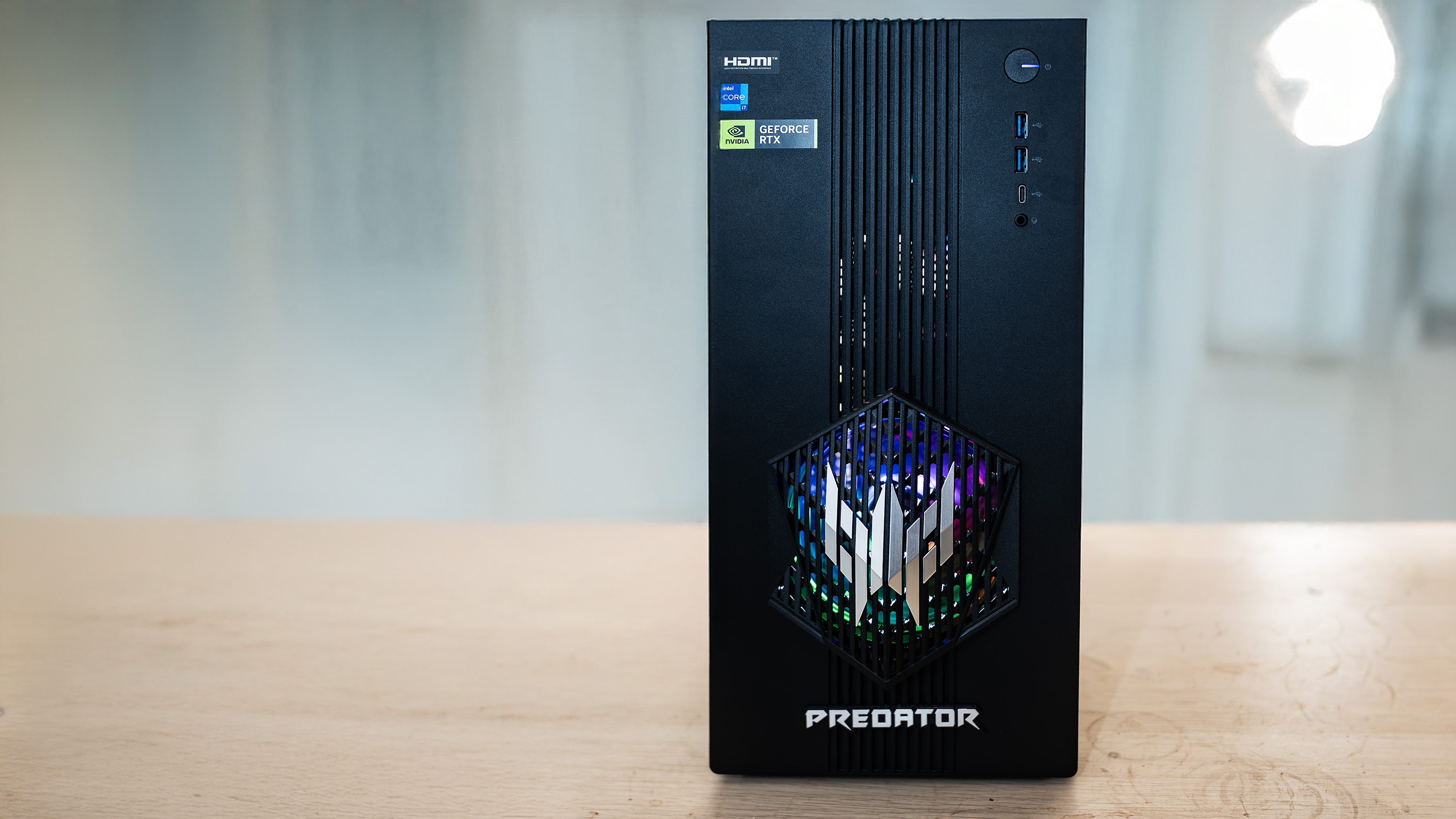Expert criticizes Gigabyte's alleged use of 'viscous paste with questionable long-term performance' instead of tried and tested GPU cooling solution
Igor's Lab claims the thermal gel's consistency must be adjusted for future use.

Users have shown Gigabyte cards are leaking some of the thermal gel used to keep their memory/VRM cool when placed on their side. Igor's Lab, an expert on all things thermal paste, has gone hands-on to try to explain it, not just to understand why this is happening but also why manufacturers may choose a thermal solution that looks "unnecessarily complicated and expensive at first glance".
The outcome, according to the report, is that it's "likely that Gigabyte did not adequately control the process parameters."
Igor Wallossek, the Igor from Igor's Lab, has recently put out a six-chapter-long report on Gigabyte's 'Server-Grade Thermal Conductive Gel', testing it against a handful of other thermal solutions.
The report justifies the use of putty in some forms of thermal management, but only when "linked to a number of prerequisites that are not trivial in industrial implementation." Essentially, when it's used well.
Effectively, the chemical makeup and relative flexibility of putty make it a good choice for irregular surfaces, as manufacturers don't need to construct a large array of thermally conductive pads to fit the card. With enough consideration, Igor claims it can be a smart solution.
5070ti Aorus Master Leaking Thermal Putty from r/gigabyte
It also helps that the use of this thermal gel can "reduce the complexity of the cooler design by no longer having to compensate for the technical differences in height."
So Gigabyte wasn't wrong to use it, and there's a good chance it could be used wisely in the future, but that doesn't get it off the hook with Igor for its current implementation.
Keep up to date with the most important stories and the best deals, as picked by the PC Gamer team.
In Gigabyte's case, Igor recommends it adjusts many points about its thermal solutions, including the viscosity of the putty used to prevent it leaking out. As demonstrated in recent forum posts, the gel used between key parts of some graphics cards is seemingly leaking out of place, defeating the purpose of putting it there.
Cards held in rigs vertically are particularly vulnerable to this leakage, as the GPU heats up and the gel slips. In microscopic tests, Igor demonstrates pores in the material, specifically the material tested, which represent air pockets that will have formed during the creation or dispensing process. These result in inconsistent heat dissipation, and the "weak adhesion" to metallic surfaces can account for slippage.
After testing the card with different thermal solutions, Igor concludes that Gigabyte didn't adequately control for the "application quantity and the thermal design under realistic installation positions." He claims the gel moving can be attributed to both the gel itself and the manufacturing process. Igor contends that Gigabyte's use of a "viscous paste with questionable long-term performance" instead of PTM pads, particularly on more sensitive sections of the card, "seems not only unwise but almost cynical."

Best CPU for gaming: The top chips from Intel and AMD.
Best gaming motherboard: The right boards.
Best graphics card: Your perfect pixel-pusher awaits.
Best SSD for gaming: Get into the game ahead of the rest.
The solution, as argued by Igor, is not necessarily to stop using the putty or gel, but to combine with a more resistant thermal paste or PTM pads. "Otherwise, there is a systematic risk of thermal degradation effects and even visible material displacement."
He concludes, "Gigabyte apparently prefers to bask in the pleasant fog of market-screaming buzzwords such as 'Server-Grade Thermal Conductive Gel' instead of simply putting together a well thought-out overall thermal concept." Ouch.
Gigabyte, in a statement responding to the original posts and published in April, says the initial volume of thermal gel applied to some of its RTX 50-series cards was too great, and it has since adjusted this. It also suggests that while the appearance of the extra gel "might be concerning, this cosmetic variance does not affect the card's performance, reliability, or lifespan." We've reached out to Gigabyte for comment on the recent resurfacing of issues.

James is a more recent PC gaming convert, often admiring graphics cards, cases, and motherboards from afar. It was not until 2019, after just finishing a degree in law and media, that they decided to throw out the last few years of education, build their PC, and start writing about gaming instead. In that time, he has covered the latest doodads, contraptions, and gismos, and loved every second of it. Hey, it’s better than writing case briefs.
You must confirm your public display name before commenting
Please logout and then login again, you will then be prompted to enter your display name.

